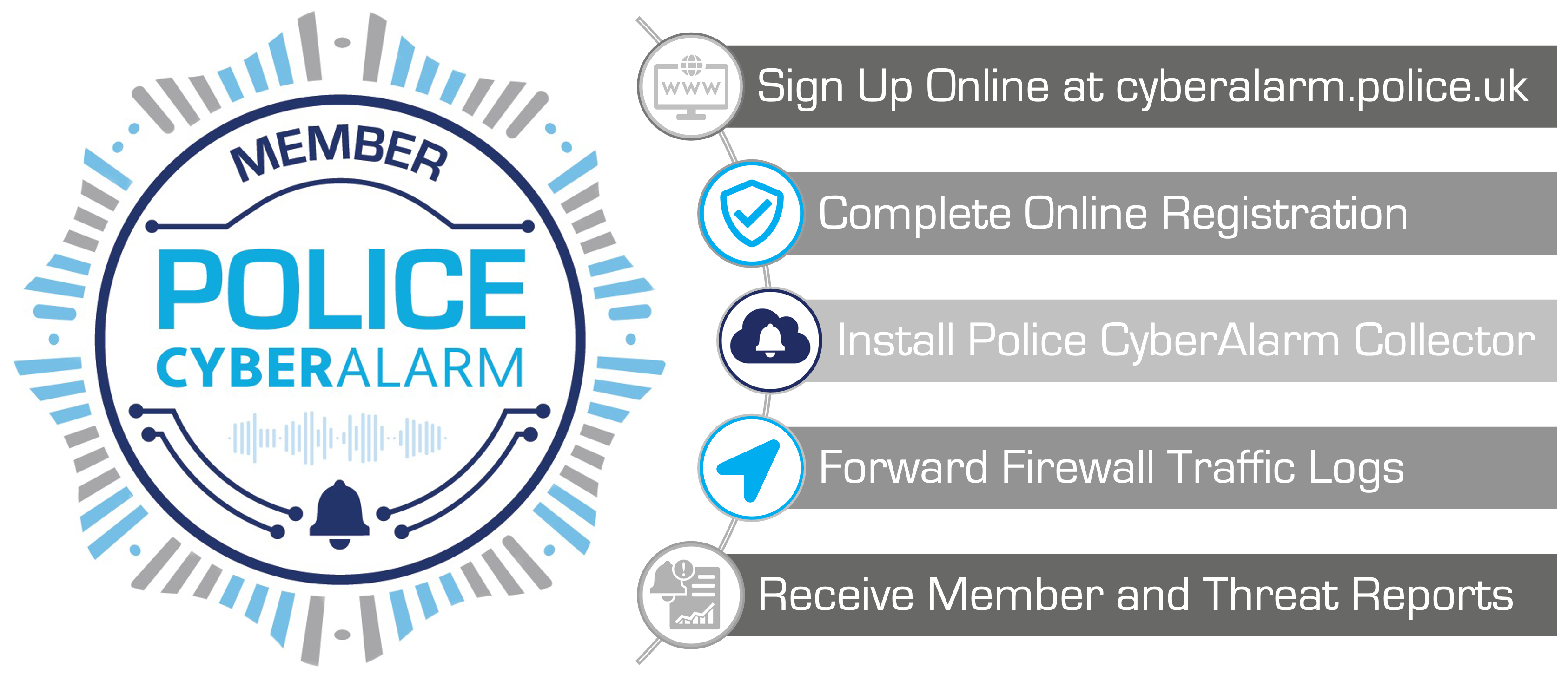About Police CyberAlarm
Police CyberAlarm is an award-winning free tool, provided by your local police force and funded by the Home Office, to help your business or organisation monitor and report the suspicious cyber activity it faces.
Since Police CyberAlarm launched it has identified over a billion suspicious events resulting in reports and advice being given to members, enabling them to take action to prevent a successful attack.
Police CyberAlarm will detect and provide regular reports of suspicious cyber activity and vulnerabilities enabling your business or organisation to identify and mitigate its cyber risks.




